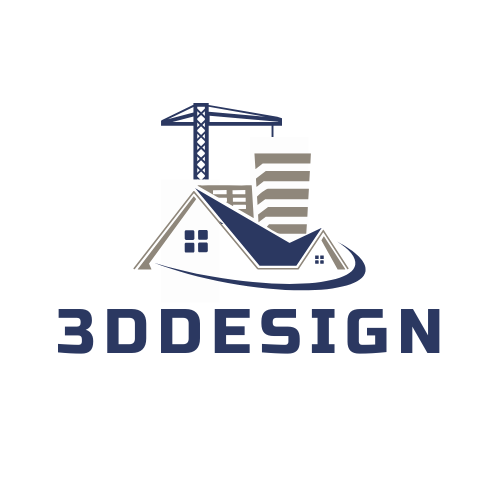The automotive diagnostics sector is undergoing rapid expansion, driven by cutting-edge solutions. Valued at $40.51 billion in 2024, the market is projected to reach $55.93 billion by 2029, reflecting a compound annual growth rate (CAGR) of 7.0%.
—
## Market Overview and Market Forecasts
### Current Landscape and Key Factors https://diagxcar.com/
The automotive diagnostic tools market is propelled by growing vehicle sophistication, particularly in safety technologies and battery-powered vehicle systems. Stringent global emission regulations further mandate precise diagnostics to ensure compliance.
—
## Cutting-Edge Solutions Reshaping Analysis
### Artificial Intelligence and Cognitive Computing
AI-driven diagnostics are overcoming traditional limitations like operator inaccuracies and unreliable judgments. Systems like Amazon’s predictive analytics use neural networks to analyze automotive metrics, reducing service time by 30% through early warnings for components like power units and energy storage systems.
—
## Influence of EVs and Self-Driving Cars
### Battery-Powered Vehicle Analysis Problems
EV diagnostics require specialized tools for electric powertrains. Tools like X-431 Throttle V offer 512GB storage and 13.6-inch displays to handle complex data from energy storage units. Solar-integrated EVs, such as Advanced solar cars, further necessitate diagnostics capable of monitoring solar panels and electricity flow.
—
## Regional Market Dynamics
### North America and Europe
These regions lead due to well-developed car sectors and high adoption of smart car solutions. The semiconductor legislation has spurred $52 billion in chip manufacturing funding critical for EV diagnostics, while the General Data Protection Regulation mandates protected information management in online platforms.
—
## Obstacles and Limitations
### Innovation and Cost Challenges
High initial costs for sophisticated equipment, such as cognitive analysis devices priced over $5,000, limit limited implementation. Quickly outdated technology forces regular updates, straining budgets for small repair shops.
—
## Emerging Developments and Prospects
### Immersive Solutions
Augmented reality displays overlay diagnostic procedures onto physical components, reducing analysis period by 35%. Immersive educational platforms train technicians on EV systems, enhancing skill acquisition rates by 50%.
—
## Final Analysis
The car troubleshooting industry stands at a pivotal juncture, where AI, advanced vehicle systems, and eco-friendly practices converge to redefine car repair. While obstacles like cybersecurity risks and technician deficits persist, strategic investments in networked solutions and cooperative innovation—such as collaborative efforts with BYD—will drive sector success. Stakeholders must prioritize scalable solutions, ensuring troubleshooting evolve in lockstep with car technological progress to deliver more reliable, efficient, and eco-friendly transportation systems.


